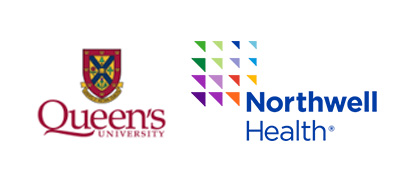
Principal Investigator(s):
Chandra Tayade, DVM, PhD
Co-Investigator(s):
Madhuri Koti, DVM, PhD / Peter Gregersen, MD / Christine Metz, PhD
Institution:
Queen’s University & Feinstein Institute for Medical Research, Northwell Health
Abstract:
Endometriosis (EM), characterized by the growth of endometrial lining outside of the uterus, is the most prevalent global cause for hysterectomy, infertility and pelvic pain. It affects 6–10% of reproductive age women and 35–50% in women with pelvic pain/unexplained infertility. Despite its staggering economic impact ($1.8 Billion/year Canada; $22 Billion/year USA), EM remains misdiagnosed, misunderstood and ineffectively treated. Laparoscopy surgery to visualize lesions remains the gold standard for the diagnosis of EM. Current treatments mostly focused on targeting symptoms, provide temporary relief but do not cure EM. The bottleneck of diagnosis and treatment of EM stems from our poor understanding of the complex pathophysiological mechanisms and disease heterogeneity. Our decade long work led to the new knowledge that EM patients have some form of abnormalities in the immune system and hence they are unable to clear the menstrual debris deposited in the peritoneal cavity during backflow of menstrual effluents (ME). Indeed, we provided striking evidence that EM lesions are major promoters of inflammation. From our preliminary data and published papers, Th17 pathway and its mediators, IL-23, IL-17 emerged as a major regulator of inflammation and angiogenesis in EM. Studies on menstrual effluents from EM patients and controls may provide critical insights into the Th17 cell pathway towards future diagnostic and therapeutic potential of IL-23, IL-17 in non-invasive ME samples. Using biobanked samples from EM patients and controls from ROSE study (collaboration with Drs Gregersen and Metz at the Northwell Health), we propose to document whether ME has the microenvironment (IL-23, IL17) to drive expansion of Th17 cells, ultimately contributing towards initiation of EM lesion development. We will also establish whether IL-23 and IL-17 levels in ME are predictors of EM. The outcome from this proposal will provide novel insights in whether mediators of Th17 pathway can serve as a predictor of EM pathogenesis using non-invasive ME and blood samples.







